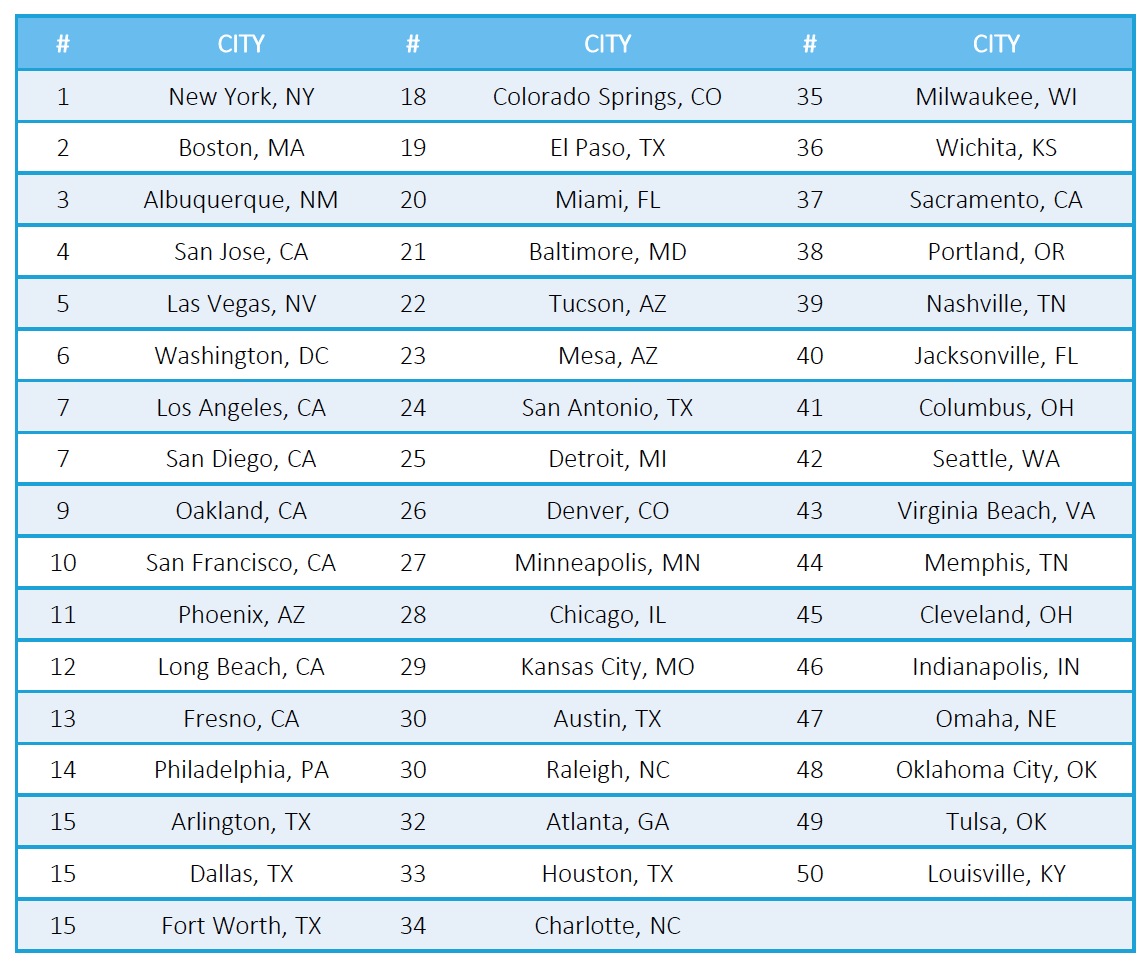
Most Americans are unaware of the true financial value of solar today. Seen by many as a technological luxury, solar energy is not seriously considered as an option by most homeowners in the U.S. However, our analysis shows that, in 46 of America’s 50 largest cities, a fully-financed, typically-sized solar PV system is a better investment than the stock market, and in 42 of these cities, the same system already costs less than energy from a residential customer’s local utility…So why aren’t more Americans investing in solar? There is a clear information gap, and with this report, we intend to open the eyes of average homeowners by showing that solar can generate both significant monthly savings and long-term investment value, and not infrequently, cost less than energy from some of America’s largest electric utilities.
View this complete post...











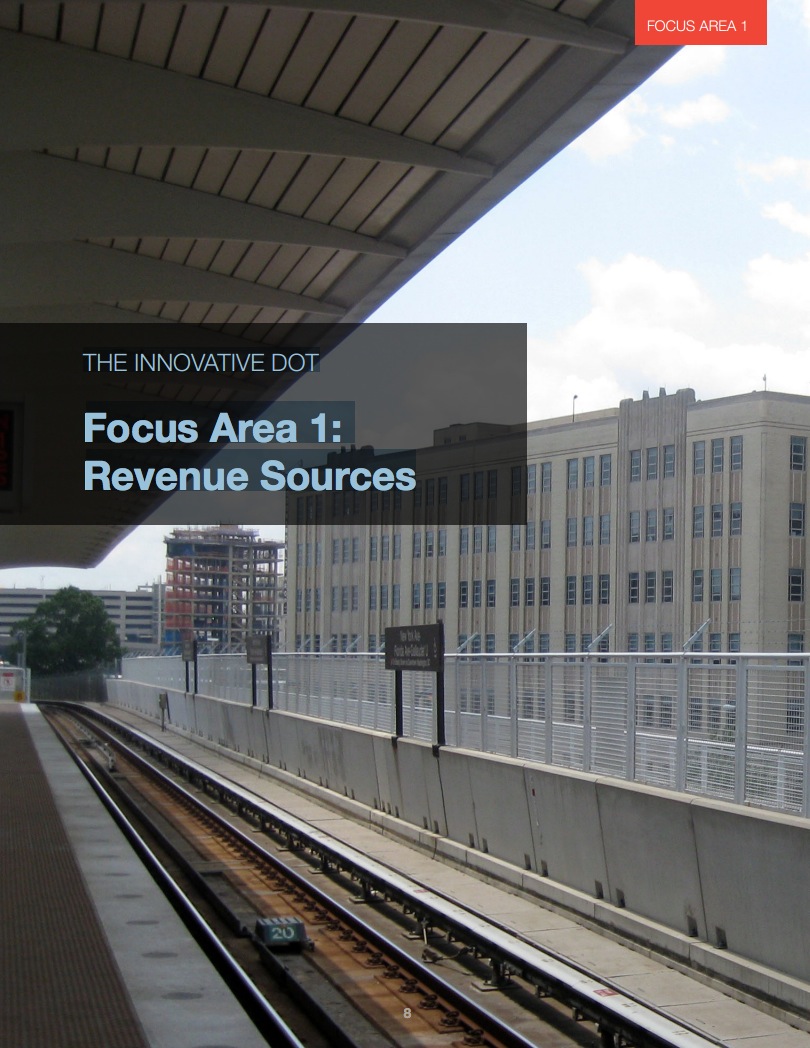

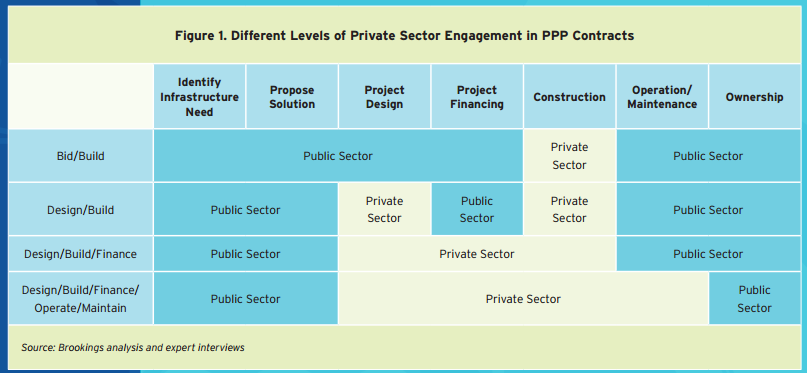




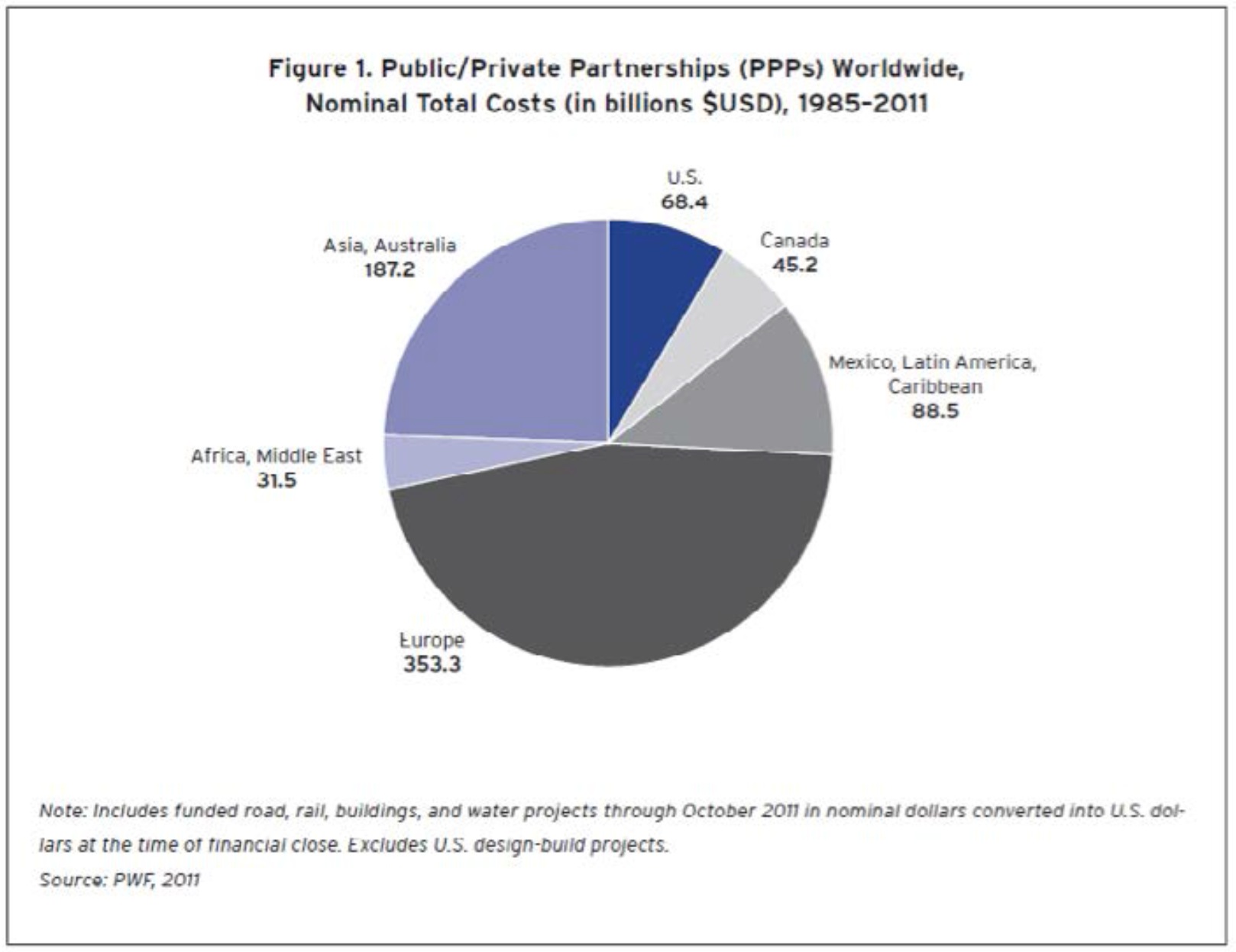
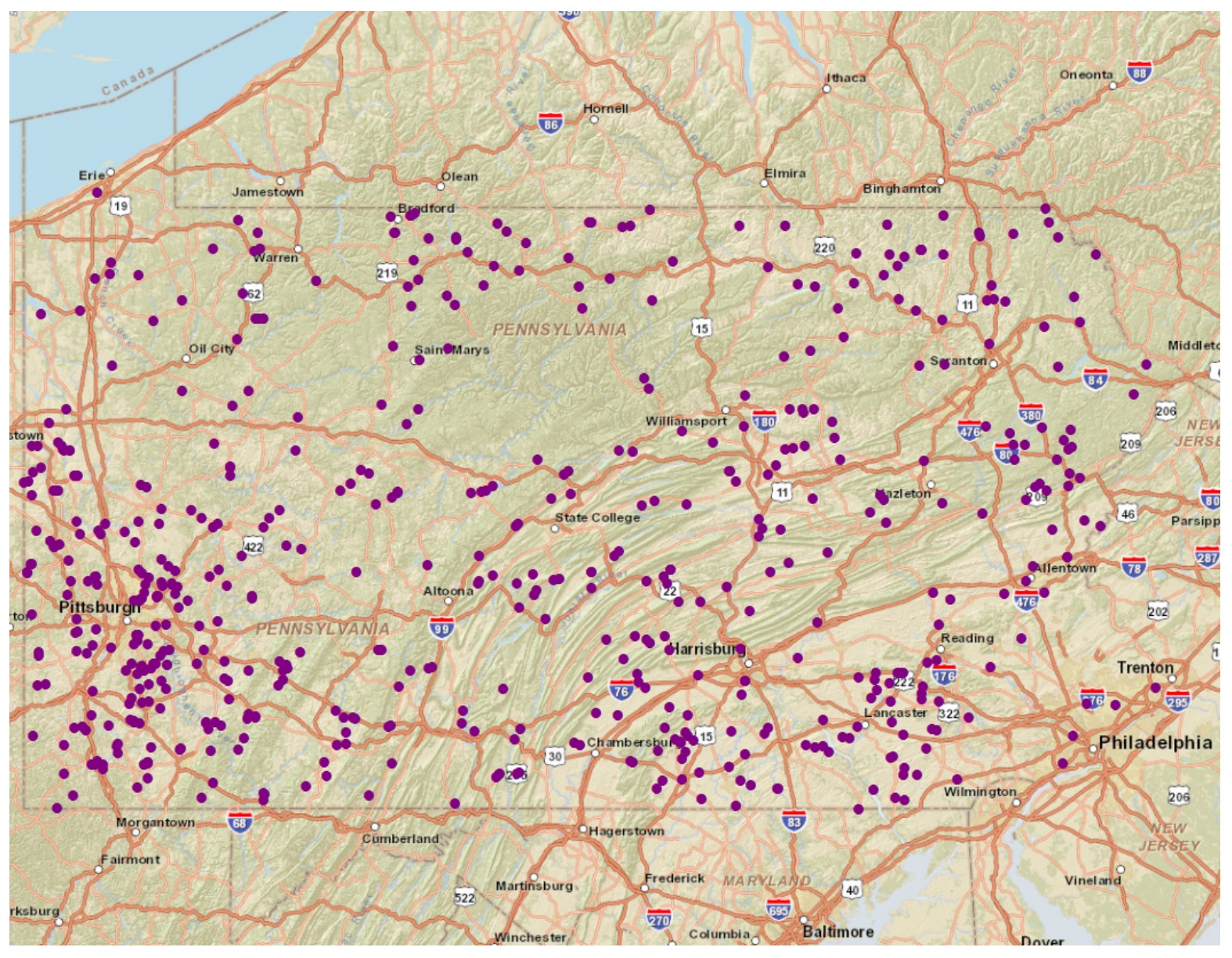

 RSS Feed
RSS Feed